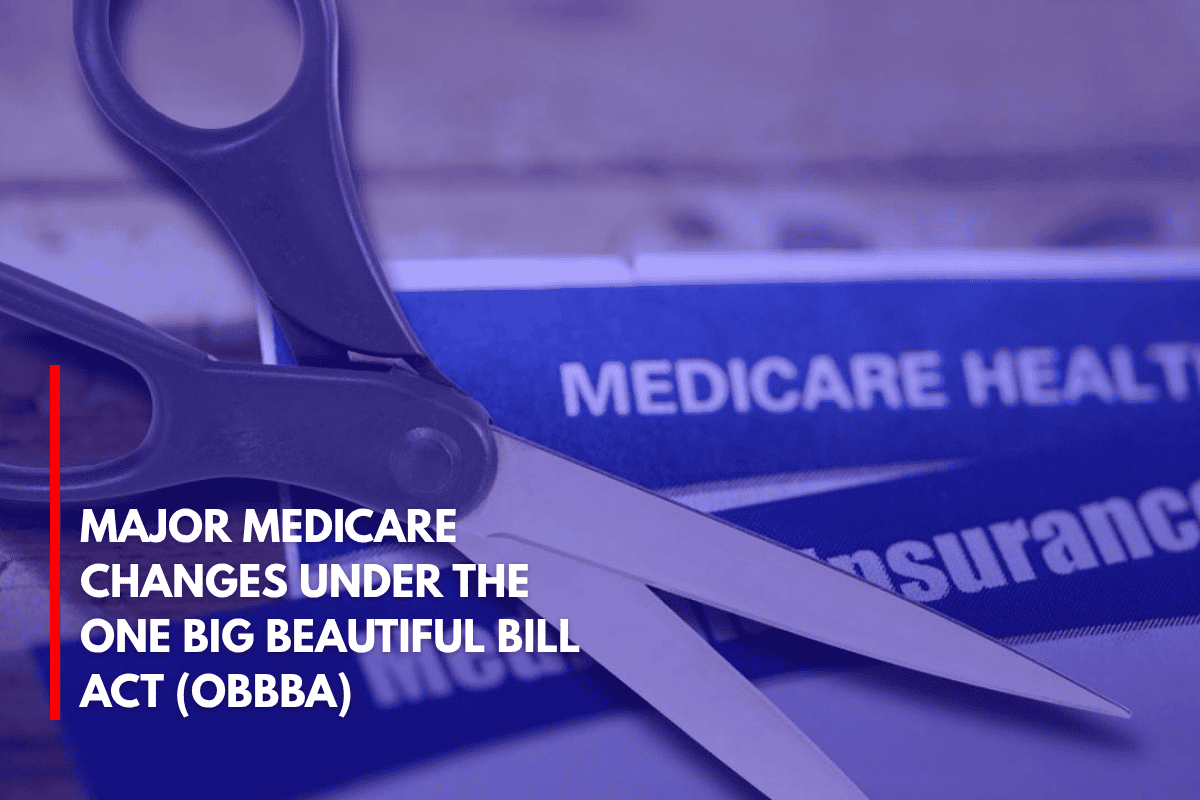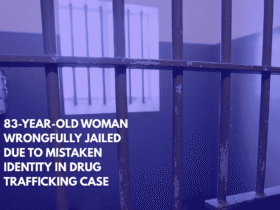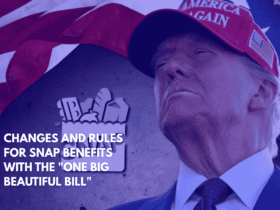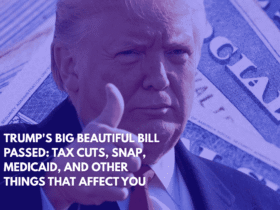The One Big Beautiful Bill Act (OBBBA), signed by President Donald Trump, introduces significant structural reforms to Medicare, which will have long-term effects on beneficiaries, healthcare providers, and the entire healthcare system.
These changes aim to address the rising fiscal pressures and streamline Medicare’s operations. While some reforms target fraud prevention and provider payments, others focus on updating the eligibility criteria and introducing new funding opportunities for rural hospitals.
The following breakdown provides a comprehensive look at the major changes expected to impact Medicare starting in 2026.
Changes to the Physician Fee Schedule
One of the primary changes under the OBBBA involves the physician fee schedule. Starting in 2026, updates to the fee schedule will be tied to the Medicare Economic Index (MEI).
In the first year, this will result in a 75% increase linked to the MEI. After that, updates will be capped at 10% per year. This adjustment aims to control cost growth while also maintaining provider compensation.
Physicians who do not participate in alternative payment models (APMs) will see a $1.94 billion increase in their compensation, while those involved in APMs will face $1.99 billion in reductions.
These changes are expected to have significant financial consequences for physicians, especially those in smaller practices or those transitioning to APMs. Industry experts have raised concerns that the reduction in compensation for APM participants might discourage them from adopting alternative payment models in the future.
Health Savings Accounts (HSAs) for Working Seniors
A key reform is the introduction of Health Savings Account (HSA) privileges for working seniors who are enrolled in Medicare Part A. Prior to this change, seniors enrolled in Medicare Part A were unable to contribute to an HSA.
Starting in 2026, they will be able to contribute to these accounts while maintaining their high-deductible health plans (HDHPs). This shift allows seniors to better save for medical expenses while enrolled in Medicare.
The annual HSA contribution limits will be $4,300 for individuals and $8,550 for families, with phase-out limits at $100k (individuals) and $200k (couples) in income.
In addition to the usual medical expenses, gym memberships and wellness costs will also be eligible for HSA reimbursement, though these expenses will be taxable if not medically justified. The IRS will issue further guidance on how these changes will be implemented.
Advancements in Technology to Combat Medicare Fraud
As part of the reform, Congress allocated $25 million to improve fraud detection within Medicare Advantage plans. The initiative focuses on AI-driven fraud detection systems to improve audit automation and reduce improper payments.
According to past audits, $31 billion in errors were identified within the Medicare system. Starting with five states, pilot programs will use advanced algorithms to review claims, though there are concerns about potential errors that could lead to wrongful claim denials.
Medicare Eligibility Changes
Another significant change brought by the OBBBA is the restriction of Medicare eligibility for immigrants. The new rules now require individuals to be U.S. citizens or permanent residents to qualify for coverage. Previously, refugees, asylees, and Temporary Protected Status (TPS) holders could access Medicare, but they are now excluded entirely.
This eligibility change will apply regardless of an individual’s work history or how long they have lived in the U.S. The new restrictions will take effect immediately, with an 18-month transition period for affected individuals.
Rural Medicare Users and Hospital Changes
For rural Medicare users, there is a significant update that could improve access to care in underserved areas. Starting in January 2027, hospitals that were closed between 2014 and 2020 will have the option to reopen as Rural Emergency Hospitals (REHs).
These hospitals will receive fixed monthly federal payments along with 5% bonus outpatient reimbursements. REHs will be required to provide 24/7 emergency services and will undergo annual certification reviews by state agencies.
This change is aimed at addressing healthcare deserts in rural areas, where hospitals have closed due to financial struggles. With the support of federal funding and regulatory changes, the reopening of these hospitals could significantly improve healthcare access in underserved regions.
The Impact of PAYGO Cuts
One of the most concerning aspects of the OBBBA is the automatic cuts that will go into effect starting in 2026. Under the PAYGO (Pay-As-You-Go) sequestration rules, Medicare funding will face annual reductions of 4%, lasting through 2035.
This reduction is projected to reach $98.3 billion for fee-for-service programs, with broader system cuts expected to total between $490 billion and $500 billion over the next decade.
These automatic cuts could severely impact provider reimbursements, leading to financial strain on healthcare facilities and providers who rely on Medicare payments. If these cuts continue without adjustments, they could cause significant disruptions in Medicare services.











Leave a Reply